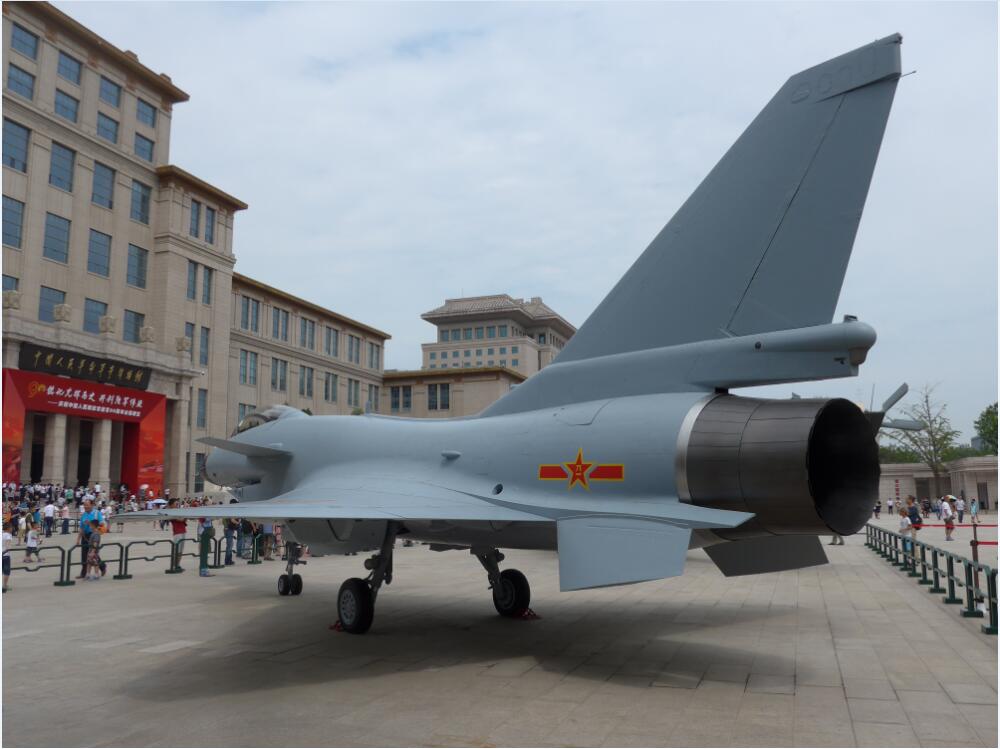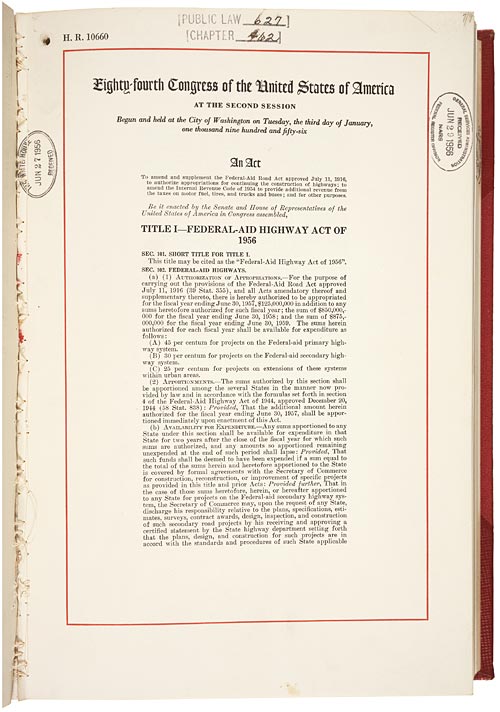STEC Archives, Digital Document Division
September 8th, 1989
Correspondence no. 103
Sender: New Jersey, Shipgirl
Recipient: Michael Yin, Commander NBA
Mike,
I hate to be anti-fun and all, but there’s something that you should probably be aware of. Please see file attachment below and let me know what I should do.

I found this poster plastered all over the hallway next to my office along with an oversized banner. The banner says “FREE ANTI-ABYSSAL MIND CONTROL PROTECTIVE HEADGEAR – JER APPROVED – GET YOURS FOR FREE TODAY – INQUIRE WITHIN.”
(I know what this is in reference to, by the way. It’s in celebration of our recent anti-mental interference program’s success. We don’t have a name for it yet, but we MIGHT as well call it TINFOIL at this rate.)
I’m not against Marby doing her thing and all, but people here take ideas from our shipgirls very seriously. The potential for Abyssal units to mentally dominate or influence our men IS a valid concern (hence why we even embarked on that project in the first place).
The problem is that with the recent slew of television “documentaries” and talk-show radio discussing matters of various new-age bullshit I’m a little worried about people actually taking this seriously. I took the posters down but am a little unsure as to how to proceed. On one hand, I really don’t want to draw attention to it through sending out a base-wide announcement. At the same time, these posters have my face on it, so …
Maybe I should say something.
Thoughts?
Correspondence no. 205
Sender: Leon Harris, USMC
Recipient: New Jersey, Shipgirl
cc: Michael Yin, Commander NBA
Morning Jer.
Some of my men have been wondering about uh, some very creative solutions to protective gear. I figure I oughta ask since I got fooled by Marby before. This one her tricks? The aluminum hat?
Correspondence no. 217
Sender: U-552, Shipgirl
Recipient: New Jersey, Shipgirl
cc: Michael Yin, Commander NBA; Marblehead, Shipgirl
Tinfoil doesn’t block out anything! If anything it AMPLIFIES the effects!
Proven by German science! I’ll even attach the paper!
Correspondence no. 227
Sender: Marblehead, Shipgirl
Recipient: New Jersey, Shipgirl
I DIDN’T KNOW YOU WATCHED “Secret Alien Overlords: The Plot to Take Over Earth and How You Can Resist” too!! Doc Z JUST talked about the special properties of tin foil. Says it can block out mind-control beams from the evil Alpha Centurians’s MIGHTY FLYING SAUCERS.
You should have put the requirements on the poster too. Apparently you’re supposed to bless the hats by putting them in the microwave and superheating them for a good five minutes and fifty-five seconds. It’s because according to ancient revelations the number five symbolizes the defenders of earth and their five elements. So
Correspondence no. 229
Sender: Marblehead, Shipgirl
Recipient: New Jersey, Shipgirl
Wah, Jer, sorry my connection cut off for a second and the message sent itself.
Anyways, so you have to realize that then the secret to being
[MESSAGE TOO LONG FOR DISPLAY PURPOSES (56203 characters exceeding the displayable character limit for this program. To access the full contents of this message please log in on STEC’s historical archives]
Correspondence no. 301
Sender: Michael Yin, Commander NBA
Recipient: U-552, Shipgirl
cc: New Jersey, Shipgirl; Marblehead, Shipgirl
…There’s an actual paper on this?
And yes, go ahead. Jer. Sorry. I’ve had my hands full all morning.
Correspondence no. 339
Sender: New Jersey, Shipgirl
Recipient: Marblehead, Shipgirl
Um, thanks for the very detailed explanation for the TV show. I haven’t watched it but with your explanation I probably don’t have to, haha.
You didn’t make the poster?
Correspondence no. 440
Sender: Marblehead, Shipgirl
Recipient: New Jersey, Shipgirl
Wait I am confused now. You haven’t watched it at all? Not even the pilot episode?
Of course not! In fact I’m kinda sad that you’d think that I couldn’t tell apart fiction from reality…
I’m sad now. Thanks a lot.
Correspondence no. 495
Sender: Essex, Shipgirl
Recipient: Michael Yin, Commander NBA
Have you seen my posters? The ones that Weavy and I were working on? We were planning a pirate-themed party. They’re fairly cute cartoonish styled ones with every shipgirl but in pirate hats.
Let me know if you find them. I’m missing my metallic paints, too. But that I probably just misplaced.
Correspondence no. 1003
Sender: U-552, Shipgirl
Recipient: Michael Yin, Commander NBA
cc: New Jersey, Shipgirl; Marblehead, Ship
Of course! German science is best in the world!
Correspondence no. 8904
Sender: New Jersey, Shipgirl
Recipent: [Mailing list: Avalon base]
I have discovered and apprehended the troublemakers and pranksters that created a misleading poster.
Appropriate disciplinary action has been meted out with due justice.
Please be considerate next time. Thanks.
Jer





